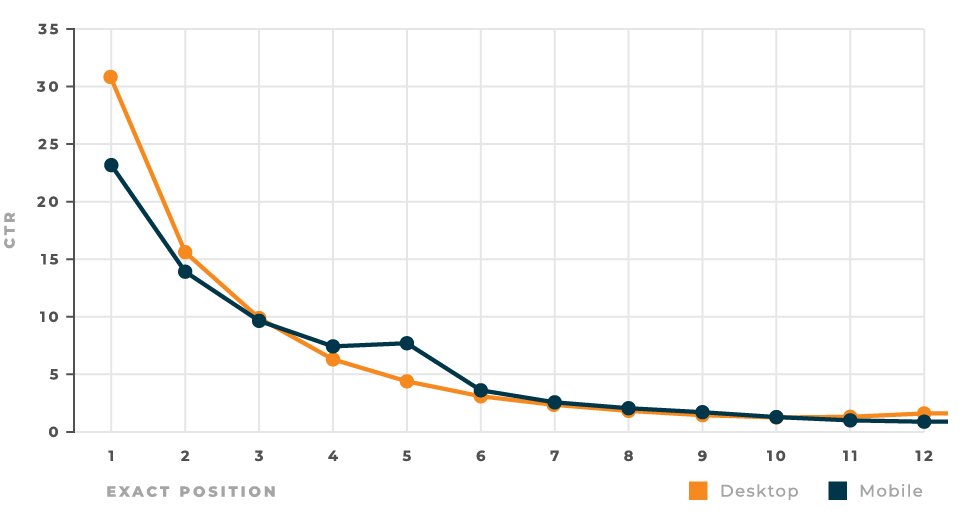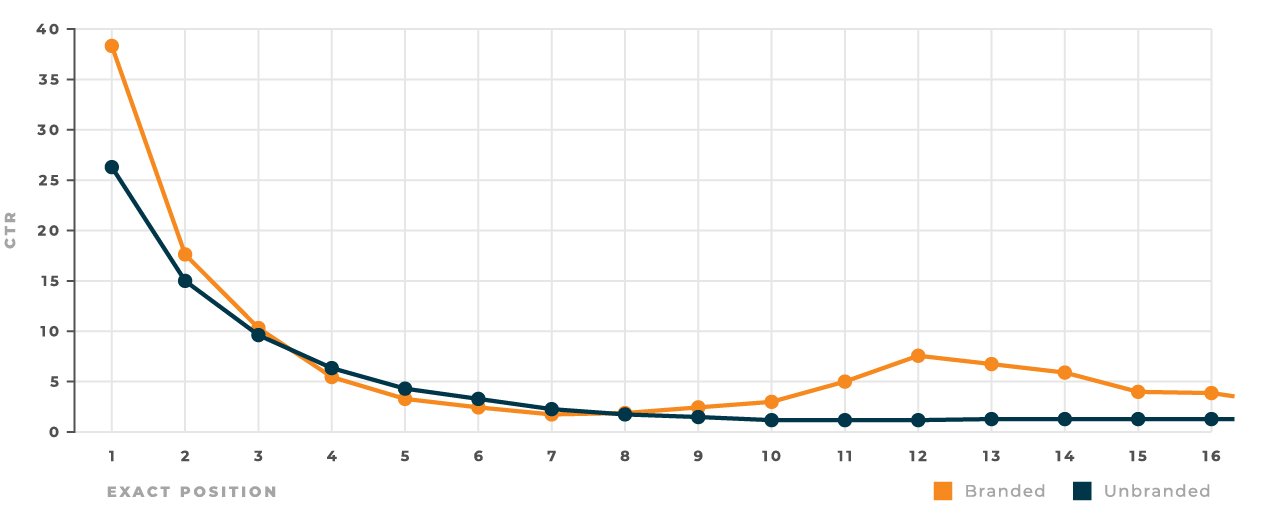Branding and Paid Search have always been soul mates. Lifting a consumer’s recall of your brand through display impressions and frequency, will increase that individual’s propensity to click on your brand’s entry on a search engine results page, or SERP. Knowing this, our expert marketing consultants will often recommend these tactics in combination: paying for placements in search results mixed with brand recall equates to increased clicks, sessions, and (hopefully) sales for our client partners.
But what if a brand appears more than once in search results? Common sense dictates that the more you appear, the fewer times competitors will, making your brand the obvious choice to click or engage. But is this lift measurable? Does this concept hold true for all industries? Or can we count on this attribute for results? In this blog, we’ll explore our findings.
"Google accounts for around 80% of search traffic around the world, so this data is what we explored when researching. We found that others have studied click through rates for specific Google rankings as well, so those sources are cited where they apply."
As you can see here, when reviewing the average CTR of all Google search result positions, the expected curve starts high with the first search result and drops in accordance with the position on the page—the higher the result on the page, the more likely a user will click. With the exception of a tiny blip for the fifth position in mobile clicks, this holds true throughout. (That statistic is likely a behavior seen on mobile related to the ‘clumsy thumb scroll’, but that’s for another day.)
In the case of this second graph, we see different click behaviors. This graph represents, branded searches versus unbranded searches. A branded keyword, or a branded search, is any query via a search engine that includes the name of your company, business or brand. Notably, those querying a brand itself are increasingly likely to click on it if that brand appears in the first three search results, and again beyond the ninth result. This audience is looking for the brand they typed into the search, and the data shows they are loyalists, seeking that brand’s name in the result.
All of this is interesting, but the original question remains: what is the increased probability that a user will click on a brand that appears multiple times in the SERP?
We can’t be specific in our findings. To do so would require the study of identical audiences across similar brands using nearly identical keywords for paid search, with similar or identical attributes on their website/SEO. However, we can study the probability based on averages of search campaigns evidenced in the data above.
To determine probability that a consumer would click on your results, one would compile the average CTR potential for each position held.
EXAMPLE:
If your brand appears in the 1, 4 and 5 position of “all searches” above, there is the potential that 41% of users will click. While it follows that the more spaces you take up, the more users would click, it isn’t evidenced here. Should you appear in results numbered 1, 3 and 4, your potential for clicking users would increase accordingly, by rank.
But what happens when ad placements exist alongside your organic results? This WordStream article examines what might happen when both appear. Using their data and attaching it to the original example above, let’s consider your brand in ad position 2, in addition to organic 1, 4, and 5. You’ve easily increased your click through probability from 41% to 46%.
FINDINGS:
It stands to reason that if a brand’s high share of voice is reflected in multiple search engine results positions, the click through rate will increase accordingly. Using the graphics above and the data from WordStream, you might be able to loosely determine what your CTR potential could be, based on these positions (remembering that what is shown is an average, and not specific to your industry or audience.)
Despite this research, we still don’t know what the amplifying factor is, should results appear multiple times, namely, if consumers are increasingly likely to click when the same source is cited more than once in the top 5, and to what degree the CTR improves. We’ll keep digging for that and will share our findings as they emerge.
For Interactive Graphics from our Source, Click Here.
INDUSTRY INSIGHTS
Blog Posts
Convenience Isn’t What It Used to Be
Strategy & Insights
Customers expect both digital convenience and in-person service. The opportunity? Create seamless handoffs that make banking feel effortless—no matter where it starts.
Small Brand, Big Impact: Why Size Is Your Branding Advantage
Strategy & Insights
In a world dominated by corporate giants, your small business's branding isn't just an expense—it's your secret weapon. Learn how strategic branding creates authentic customer…
Why the Super Bowl is Important for Marketers, Especially if Your Team isn’t Playing
Strategy & Insights
The Super Bowl transcends football, becoming a cultural phenomenon where Americans collectively spend $17.3 billion on game day celebrations. But beyond the snacks and spectacle…
WE'RE HERE TO HELP
Grow Your Business
The MLive Media Group of today drives Michigan businesses to greater success. Contact us with any opportunities for us to help you.




 Ad Choices
Ad Choices
